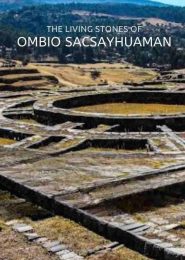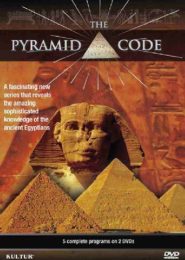The Lost Pyramids of Caral (2002)
The Lost Pyramids of Caral, a captivating 2002 documentary, thrust the ancient city of Caral into the spotlight. Nestled in the arid Peruvian desert, this remarkable site predates the earliest known civilization in the Americas by a millennium. Its age, dating back to 2,627 BCE, places it on par with the venerable pyramids of Egypt.
Caral is more than just a collection of stone structures; it is a tantalizing enigma that beckons archaeologists and historians alike. Here’s a glimpse into the fascinating world of Caral:
- The Mother City Hypothesis:
- For over a century, scholars have sought a “mother city” – the elusive cradle of civilization. The birthplaces of culture and complexity. Caral, with its pristine condition and antiquity, emerges as a prime contender.
- Unlike other ancient sites, Caral remains untouched by subsequent construction. Its layout reveals an intricate network of pyramids, temples, amphitheaters, and ordinary dwellings.
- The question that haunts archaeologists: Why did humans transition from small family units to sprawling cities? Caral might hold the answer.
- A Peaceful Society:
- Caral defies the conventional narrative of early civilizations shaped by conflict and warfare. Ruth Shady, the intrepid archaeologist who discovered the city, found no battlements, no weapons, and no mutilated bodies.
- Instead, Caral whispers of a gentle society built on commerce and pleasure. Its inhabitants crafted beautiful flutes from condor and pelican bones, hinting at a love for music.
- Evidence suggests that they indulged in mind-altering substances – perhaps aphrodisiacs – and celebrated life. In one poignant discovery, a baby was buried with a precious necklace made of stone beads.
- The Silent Legacy:
- Caral’s silence speaks volumes. Absent are the echoes of war cries or the clang of swords. Instead, its stones resonate with the quiet hum of trade, artistic expression, and human connection.
- The absence of warfare challenges the prevailing theory that fear of conflict drove the shift from simplicity to complexity. Caral invites us to consider alternative paths to civilization.
In the heart of the Peruvian desert, Caral stands as a testament to human ingenuity, cooperation, and the pursuit of beauty. Its pyramids, bathed in the golden glow of millennia, beckon us to unravel their secrets – a journey that transcends time and borders.




